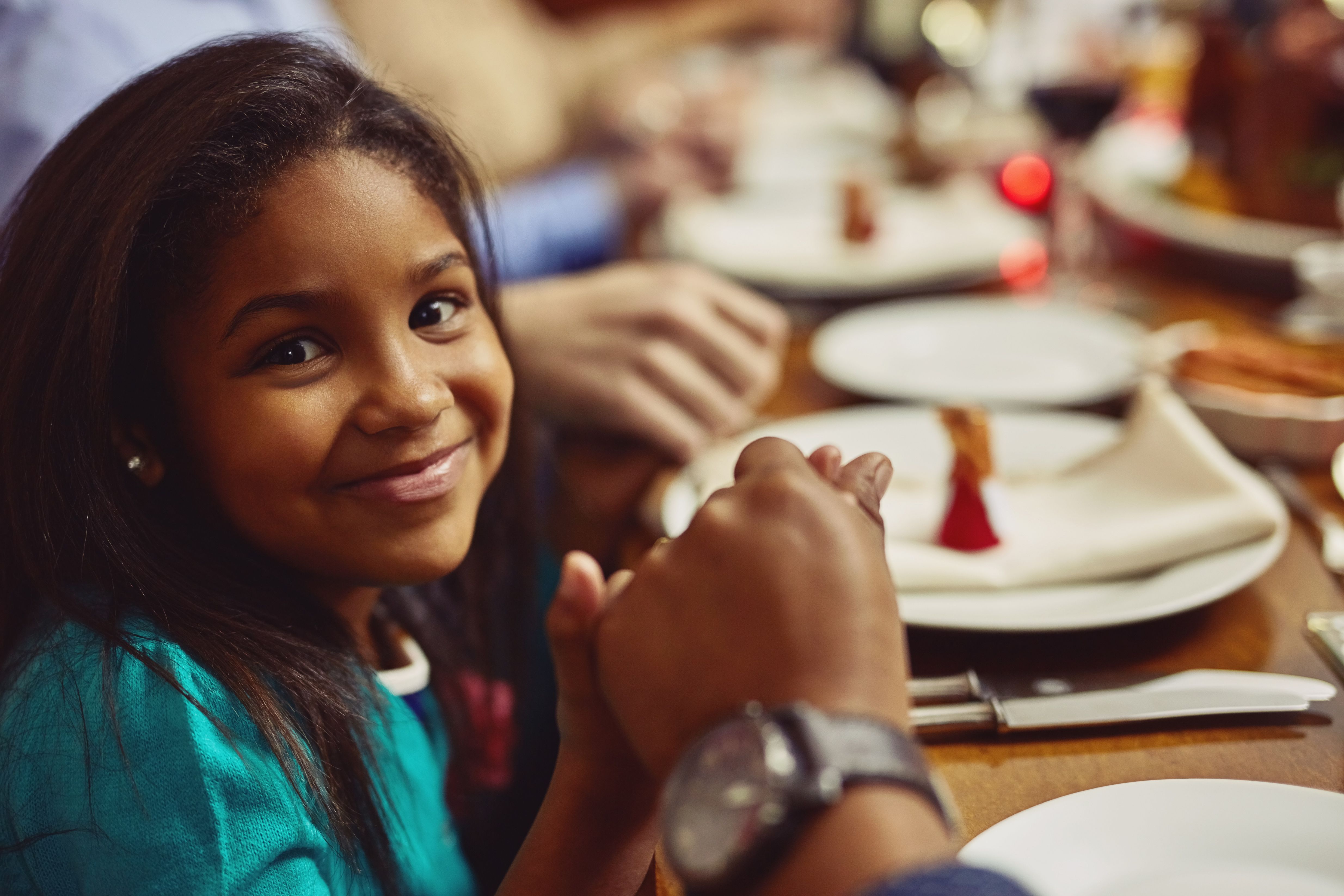5 Effective Ways to Teach Children Gratefulness
The Importance of Teaching Gratefulness
"In everthing, give thanks."
We are commanded many times thoughout God's word to be thankful for every thing, and in every circumstance. Gratefulness is more than just saying "thank you." Our attitude of gratefulness or ungratfulness can significantly impact our life. Teaching children to be grateful from a young age can help them develop into empathetic and compassionate individuals, in addtion to giving God the praise he is due. Here are five effective ways to instill this valuable, Biblical trait in your children.

Model Grateful Behavior
Children learn a lot by observing the adults around them. By consistently demonstrating grateful behavior, parents and caregivers can set a powerful example. This can be as simple as expressing thanks for small acts of kindness or acknowledging the positive aspects of daily life. When children see adults practicing gratitude, they are more likely to mimic these behaviors.
Incorporate Interactive Gratitude Activities
Interactive activities can make learning about gratefulness fun and engaging. You don't have to incorporate every graditute exercise, especially not all at once. Choose one or two that you can easily incoorpate into your family life and culture. Here are some ideas to get started:
- Gratitude Jar: Have children write down things they're thankful for on slips of paper and place them in a jar. Review these notes together regularly. Thanksgiving can be an especially wonderful time to review how many notes are in teh jar over the course of a single year! You could even use accumulated jars to decorate, creating a lasting testimony of God's goodness.
- Thank You Notes: Encourage children to write thank you notes to friends, family, or teachers. This simple act can make a big impact on both the giver and the receiver. Even young children can scribble on a card, and graduate to drawing a picture, with you writing "Thank you" before having them hand off the note. Start small and build habbits through practice.
- Gratitude Walks: Take a walk and discuss things you both feel grateful for along the way. The Bible tells us in Psalm 19:1 that "The heavens declare the glory of God; and the firmament sheweth his handywork." and getting outdoors is not only good for your mental health, but makes a wonderful conversation starter for thankfulness.
- Gratitude Journal: Ask them to draw or write down three things they are thankful for each day. This practice not only helps children with reading and wrting skills, it will help them recognize the positives in their lives, and also fosters a habit of reflection and appreciation. Don't be afriad to use prompts like "What made you smile today?" or "Who helped you today?"
- Good Deeds Detective: Teach your kids to recognize good deeds. Ask them to scout for acts of kindess wherever they are: at home with family, at school, at the grocery store, or the gas station. Look for people who hold open doors, give way to others, lend a helping hand, or share a kind word. Have them share their evidence to discuss together. You could also give them "Caught Being Kind" stickers to share with others. The goal is to teach children to spot those who serve, and to lavish praise on them, rather than expecting the world to serve them. "Finally, brethren, whatsoever things are true, whatsoever things are honest, whatsoever things are just, whatsoever things are pure, whatsoever things are lovely, whatsoever things are of good report; if there be any virtue, and if there be any praise, think on these things." Phillipians 4:8

Storytelling and Books
Books and stories are excellent tools for teaching children about gratitude. Choose stories that highlight themes of appreciation and thankfulness. Reading together not only strengthens the bond between parent and child but also provides opportunities to discuss and reflect on the lessons presented in the stories.
Creating a Grateful Environment
A grateful environment is essential for nurturing this trait in children. Encourage open discussions about what each family member is thankful for during meals or family gatherings. This practice normalizes sharing positive feelings and builds a supportive atmosphere at home.
Incorporate Gratefulness into Daily Routines
Making gratitude a part of daily life can solidify this value in children. Consider integrating gratitude into bedtime routines by discussing the day's events and highlighting what everyone is thankful for. Over time, this will become a cherished family activity that reinforces the importance of being grateful.

Conclusion: The Lifelong Benefits of Gratefulness
Teaching children to be grateful is an investment in their future well-being. Grateful individuals tend to experience greater happiness, improved relationships, and better overall health. "Be careful for nothing; but in every thing by prayer and supplication with thanksgiving let your requests be made known unto God. And the peace of God, which passeth all understanding, shall keep your hearts and minds through Christ Jesus. Phillippians 4:6-7. By fostering an attitude of gratitude in children, you equip them with a tool that will serve them well throughout their lives.